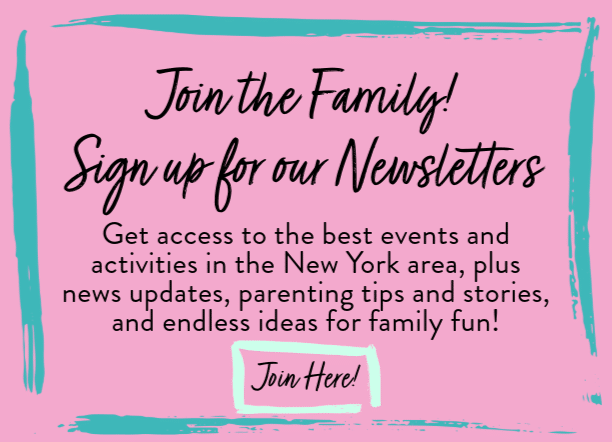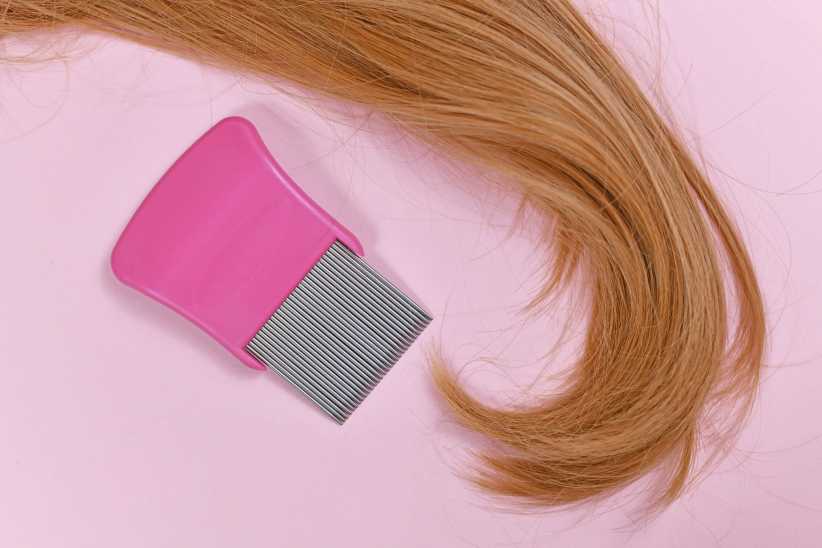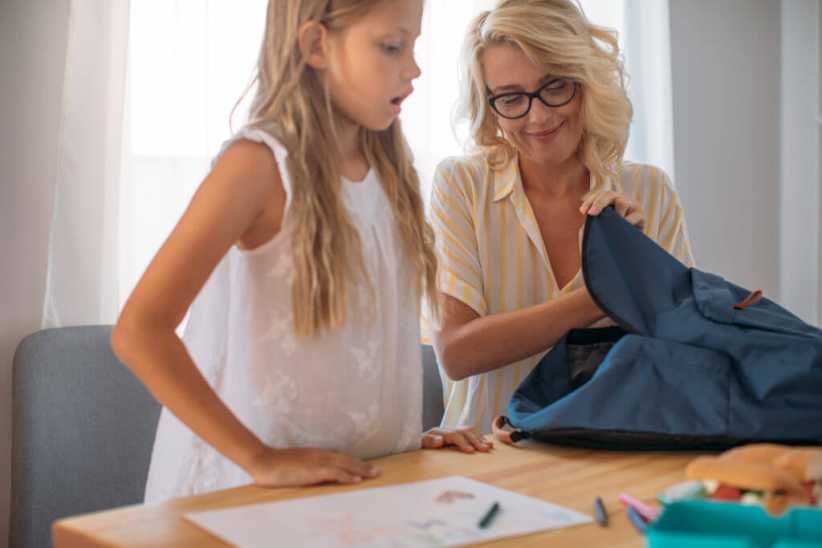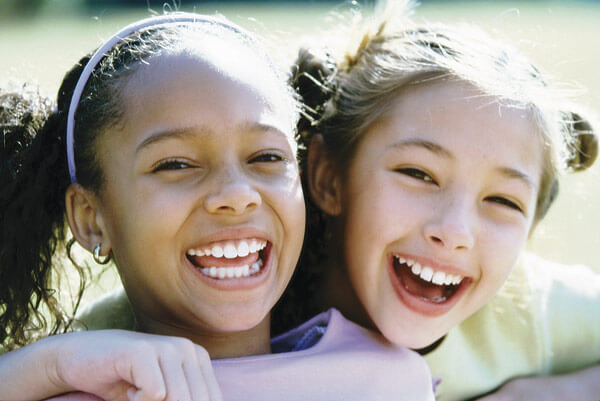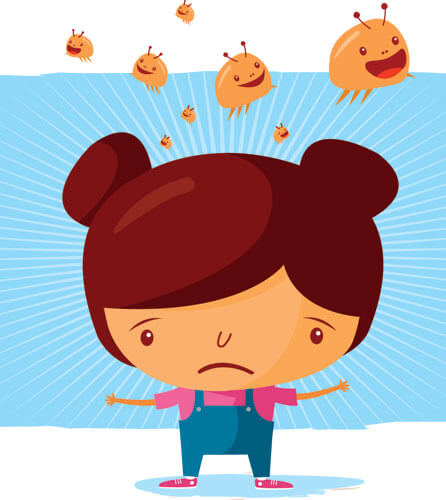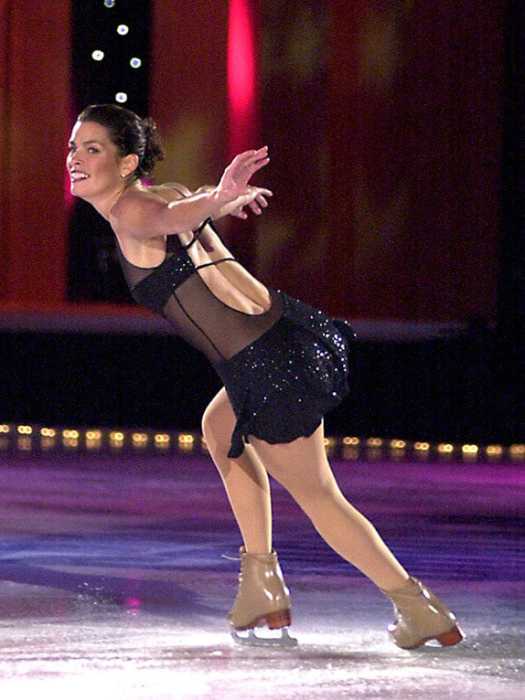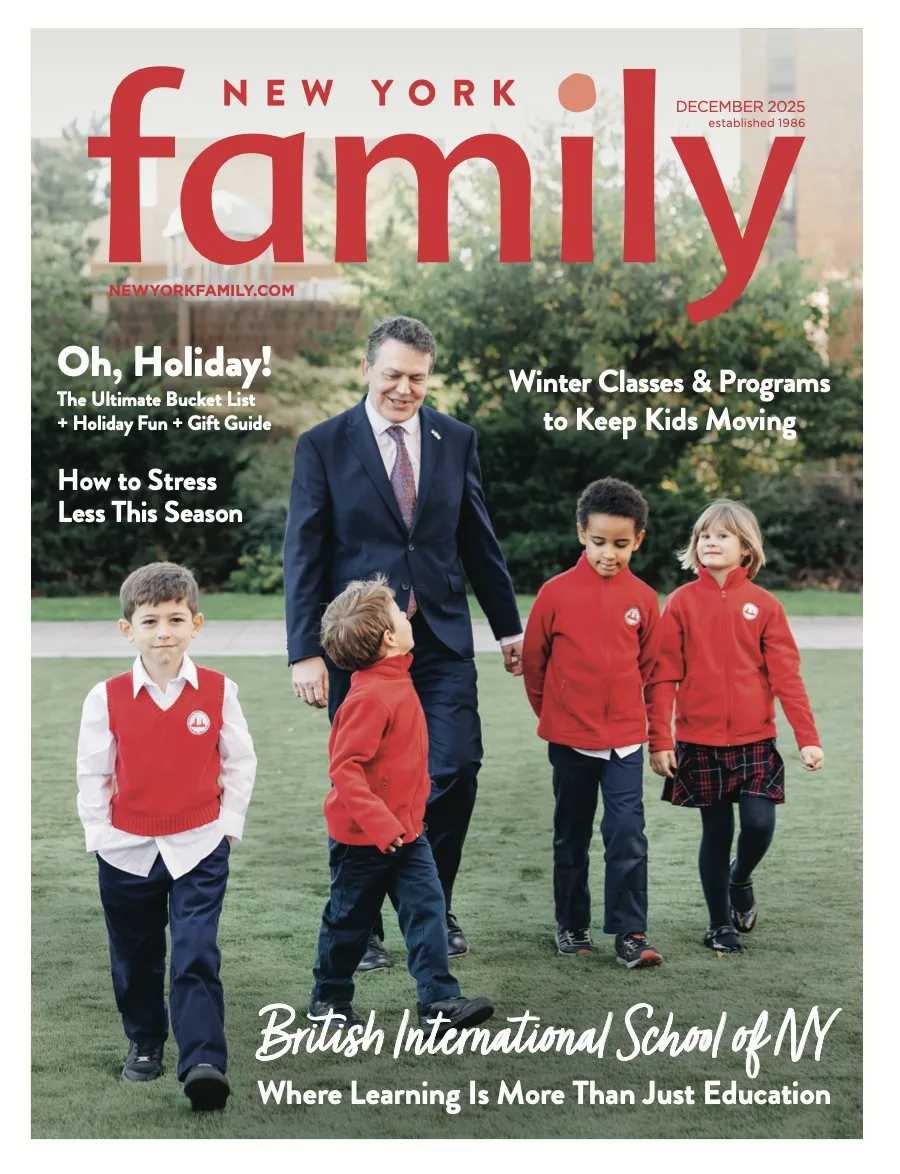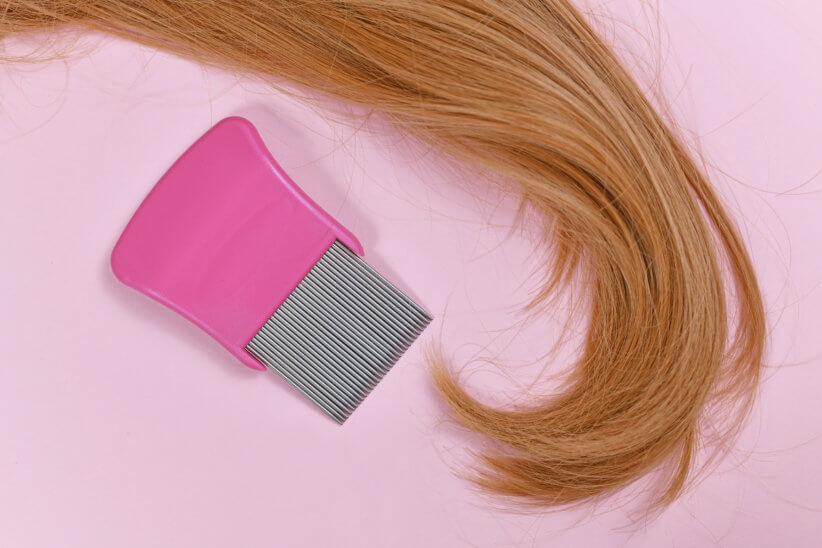
Head Lice and Kids: Symptoms, Preventative Measures and Tips
From the classroom to the camp bus, the spread of head lice is common in children between the ages of 3 and 11 years old. If you are a parent worried about protecting your child, there are many methods and tips you can follow.
Prevention measures, treatments, and the use of combative products can help keep the little critters away! Without further ado, here are suggestions from the CDC, Johns Hopkins and the Nationwide Children’s Hospital to protect your children, and homes, from any outbreaks.
Tip: Lice can really be rough. If you need to SCREAM it out, call the Nix Lice Scream Line. It was set up so you can let out that scream of frustration, no judgments. Make sure to leave your email. If they are vibing with your scream, they may just send you a bottle of Nix® Lice Prevention Daily Leave-In Spray on the house!
Psst… here’s where you can see fireworks in and around NYC this summer!
Preventative Measures
According to the CDC, there are two main ways headlice can be spread amongst children: the first, and most common way, is through head-to-head contact. The second, less likely option, is through the sharing of clothing or personal belongings.
It is important to remember that they can’t jump from one head to another through the air. In order for lice to be transferred, the person who has the head lice would need to rub heads with another individual. This can occur through sports, slumber parties, play time, or in any similar situation.
Furthermore, they cannot survive away from the human head for longer than a day. This does not mean your children should be sharing hair accessories, hats, or hair brushes with others; if you never share what touches your hair, your child will (knock on wood) remain lice free!
The following suggestions go into more detail as to how the spread of lice can be prevented:
- Avoid head to head contact while taking part in activities at home, school, or elsewhere
- Do not share articles of clothing with others, such as hats, coats or uniforms
- Do not share combs/brushes or towels with others (soak combs and brushes used by an infested person in hot water for 5-10 minutes to disinfect)
- Don’t lay on couches, beds, pillows or other related surfaces that have been in contact with someone who has lice
- Make sure to clean clothing or bedding of an infested person before next usage (machine wash and dry items used during the 2 days before treatment. Use hot water for washing and high heat for drying. Items that are not washable can be dry-cleaned or sealed in a plastic bag for 2 weeks to properly disinfect)
- Avoid hugging or other close contact
- Vacuum the floor and furniture
- DO NOT use fumigant sprays or fogs (this is NOT necessary and can be toxic if inhaled or absorbed through the skin)
- Pets CANNOT spread head lice
Signs and Symptoms
It is important to be aware of the signs of head lice so you can properly identify it in your children.
Head lice can cause a tickling feeling in the hair. Thus, your child may come to you and explain that they are itchy or feel like something is moving in their hair.
They may report to have irritability or difficulty sleeping, as lice are most active in the dark. If your child comes to you with any of these signs, see the below treatment methods.
Treatment
Treatment options can range from at-home remedies, visits to the doctor and assistance from professionals.
There are no over-the-counter or prescription medications that can totally kill lice and nits (lice eggs). However, a combination of medication and the following approaches can be effective:
- Remove nits with a nit comb and by hand
- Environmental control: vacuuming, washing, cleaning the house
- Regular head checks (after lice is found, use the comb every 8-12 hours. If there are some resistant lice still present, contact your doctor to discuss further treatment)
- Closely follow directions of medication to ensure safe usage and consumption
- Do not rewash hair for 1-2 days after treatment, and continue to check hair and use the nit comb every 2-3 days for 2-3 weeks as long as nits are still found on the head.
- Check the hair of others who have been in close contact with the infested person
In the below circumstances, you should contact a doctor or medical professional for assistance:
- The treatment has not been effective (after 2 treatments, your child still has lice)
- The lice remains as active a before treatment
- Your child has open, oozing sores or crusting on the scalp
- Your child has a fever or enlarged lymph nodes
Products to Help Combat or Prevent Lice
If you are a parent that would like to take the extra step in protecting your kids, or are trying to find products to help treat it, these are some great options to have on hand.
Nix® Lice Prevention Daily Leave-In Spray
Keep this handy at all times. Use it to prevent lice and as an extra measure, especially against super lice when there is an outbreak in the house. When one kid gets lice, spray the family to help prevent the entire family from getting these critters.
RID Lice Killing Shampoo
This shampoo and conditioner treatment has been proven to help your kids get rid of the pesky critters in their hair. Take the product and apply it to your kids dry hair, then use the nit comb to remove any lice or eggs. Make sure to do the same steps again with the second treatment 7-10 days after the first. $18.31
Ladibugs One and Done Lice Treatment Kit
This treatment kit is pesticide-free and is the perfect product to try on your toddlers. After completing three easy steps, your kids will be ready to take on the day and won’t have to worry about spreading to their friends! $34.95
Fairy Tales Rosemary Repel Daily Kid Conditioning Spray
If you are looking for a prevention that you could use on your kids everyday, try out the Fairy Tales Conditioning Spray! This spray is paraben free and sulfate free so you don’t have to worry about damaging your little one’s hair and it is made of organic rosemary, citronella, tea tree, and geranium oils. $11.95
SoCozy Boo! Lice Scaring Spray
The SoCozy Boo! Spray is sure to scare all of the little critters away so your kids can enjoy quality time with their friends! Not only is the spray made with natural and powerful repellents such as rosemary and peppermint oil, but it is also made with keratin so your kids hair will be both protected and strengthened. $11.36
LiceLogic Clear & Free Shampoo
The LiceLogic Clear & Free Shampoo will help you kill the lice and eggs in your kids hair on contact and is one of the leading non-toxic shampoos. It is gentle on the hair and scalp and has about 16 treatments in a bottle, so you can have it stored away for multiple uses. $34

